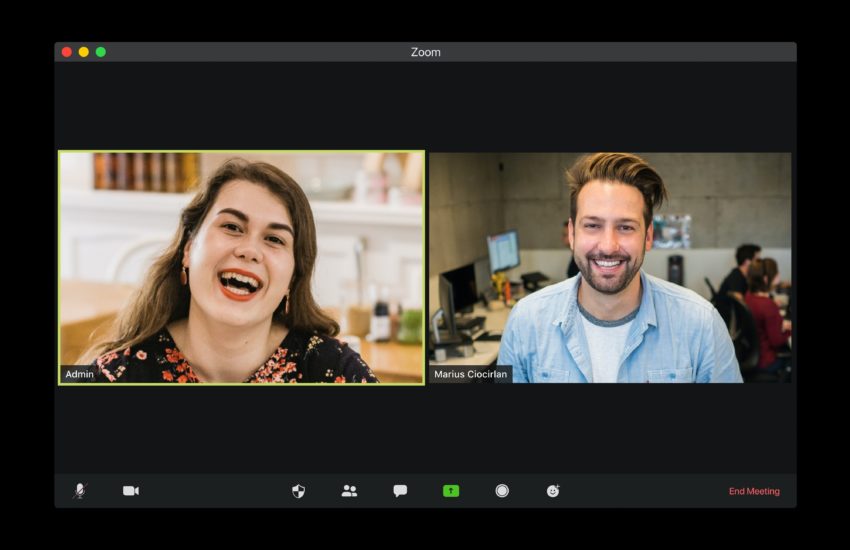Using the customer intentions method to humanize our virtual worlds In the 2010 Sci-Fi film Inception a professional thief is offered a chance at erasing his criminal history if he implants one person’s ideas into the subconscious of another person. He aims to do this by crashing the second person’s dreams. He hires a graduate architecture student to design the dreamscapes. To design each space of the dream, she must align with the thief/dream crasher’s need to easily and intuitively
Continue reading




